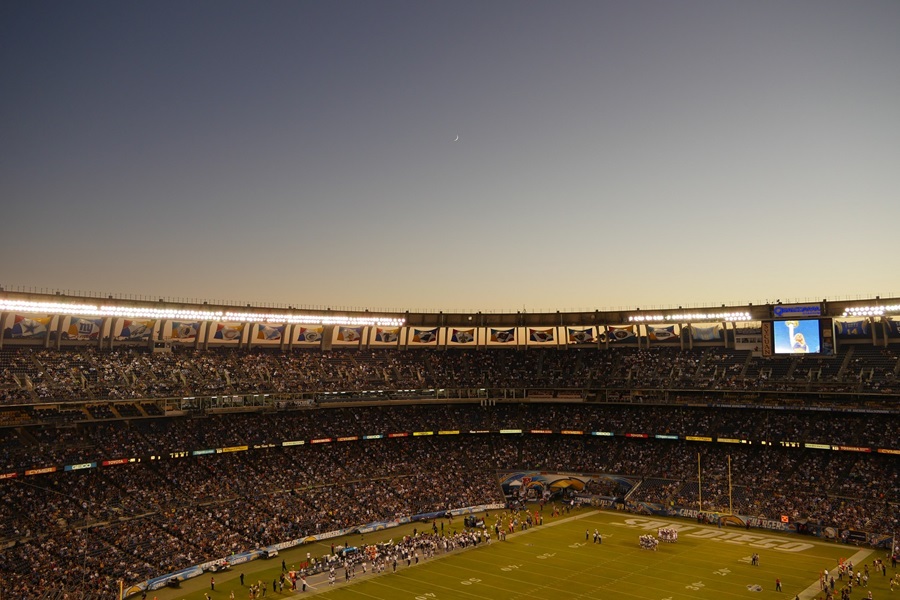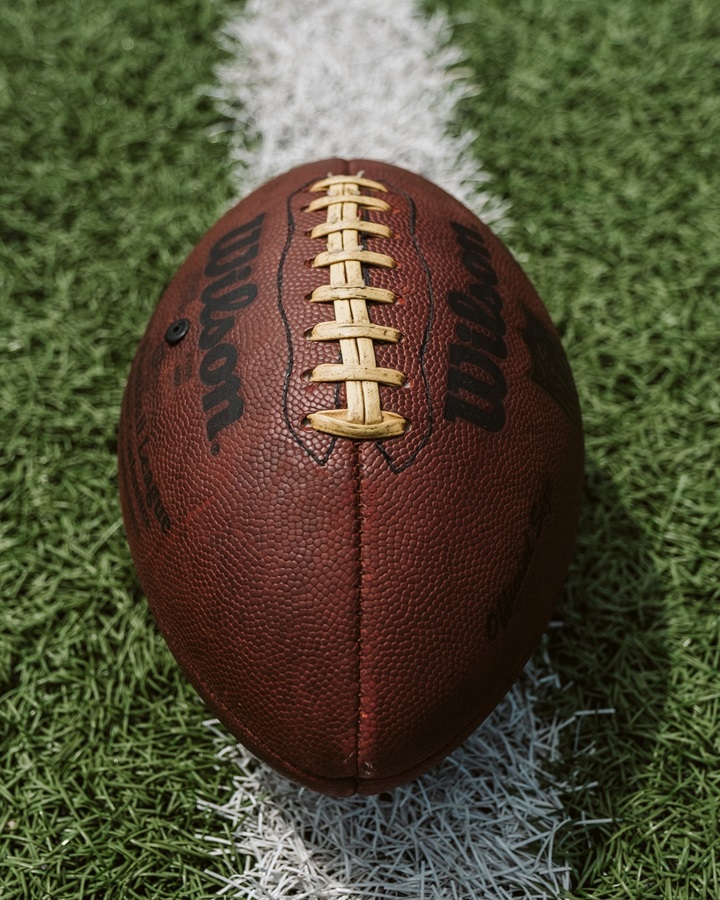The 2020 Super Bowl generated a record-breaking $448.7 million in ad revenue in under four hours of game time, according to Kantar analysis. This represented an increase of 33% over the 2019 Super Bowl and exceeded the previous in-game record of $430 million seen in 2017 when an overtime period led to extra commercial airings.
Despite the significant level of investment required, the game still represents an opportunity for marketers to realize a strong ROI.
“In most cases, Super Bowl ads have delivered a significant lift in brand equity, increased social conversations and immediate sales gains, resulting in very strong ROI,” said Alfredo Troncoso, Partner for Brand & Marketing ROI at Kantar. “Indeed, we’ve found that a Super Bowl ad is typically more than 20 times effective than a typical TV ad when it comes to driving brand perceptions.”
An advertising event like none other
The Super Bowl has always had high viewership. According to a Kantar Sports MONITOR study conducted last year, 74% of fans over age 18 indicated it was a “must watch” event, far outpacing other professional sports league’s top events such as MLB’s World Series, which ranked second at 47%.
Not surprisingly, it has long been the leading sports event when it comes to ad revenue as well, outgrossing the World Series and NBA finals even though those events take place over several nights, and second only to the Olympic Games which take place over multiple weeks.
This increase in revenue for the 2020 game was due in large part to a leap in the average price brands paid to air a 30-second in-game commercial.
In last year’s game, the average cost of a 30-second commercial was $5.25 million. That’s a 9% increase over the average price paid for a 30-second commercial five years ago, and a 20% increase over the lowest price paid in the last five years. This year’s Super Bowl LV pricing is expected to reach $5.6 million for a 30-second commercial, setting a new high with a 7% increase over last year. However, with ads slower to sell out compared to previous years, it’s unclear if any flexibility will emerge.
Commercial loads remain consistent
The age-old dynamics of supply and demand help drive these steep prices. As more and more brands covet the opportunity to appear in the Super Bowl, they must compete with those brands committed to maintaining their annual presence. The fact there are only so many ad slots available is a key force in driving the cost up each year. And the number of ad slots have been surprising consistent. In each of the last five years, on average, there have been 87 :30 second ad slots available during the Super Bowl.
When accounting for all ad formats (i.e. :15s, :30s, :60s, etc.), an average of 70 commercials have aired during the game. In total, approximately 45 minutes of commercial activity occurs over the course of the televised event. This consistent pattern has stayed quite strong even though the three networks have been alternating broadcasting the game, with CBS taking its turn this year after Fox ran the game in 2020. It seems likely that in-game advertising will keep to a similar ratio even during this unusual year, although networks can also load up on pre- and post-game advertising to preserve revenues.
Automotive, alcohol lead ads by category
Over the last few years, automotive and alcoholic beverages have consistently dominated Super Bowl advertising. Last year, during Super Bowl LIV, these two categories accounted for 28% of total revenue. Other mainstays have been wireless communications, motion picture and snack categories. One of the fastest growing categories has been streaming services, with Amazon, Hulu, Quibi and Disney Plus all advertising in last year’s game for an increase of 46% over 2019. With the proliferation of streaming services through 2020, one can expect this category to sustain an active presence during Super Bowl LV.
Anheuser the longtime lead advertiser
Long-term NFL sponsor Anheuser-Busch InBev has been the most prominent advertiser on the Super Bowl, on average, accounting for 10% of total Super Bowl ad revenue in each of the last five years.
Last year, Procter & Gamble and Pepsico significantly increased their investment, ranking among the top 3 advertisers in Super Bowl LIV. Amazon, on the other hand, has been consistently increasing its Super Bowl spending over the last three years, largely supporting Alexa and its streaming content. Most notably, Amazon has opted to run extended length commercials (i.e. :60s and :90s), rather than the standard :30 second commercial.
Despite the prominence of the few high spenders, there have been 13 advertisers that have consistently appeared in each of the last five games, airing at least one commercial. This demonstrates how the Super Bowl has become an instrumental component of a brand’s annual launch strategy as they pick up momentum entering the year. However, the current uncertain environment may lead to some changes in 2021. While Anheuser’s NFL sponsorship is running through 2022, P&G has noted that its Olay brand will not be advertising in this year’s game. Avocados from Mexico, a repeat advertiser for the past six years, has also announced it will sit out 2021.
Super Bowl LV: Creative strategies for marketers
A major reason that major brands continue to invest in Super Bowl ads despite the lofty price tag is that it offers the rarest of opportunities in today’s fragmented media environment: The opportunity to engage a mass audience of people who – instead of avoiding or tuning out ad messages as many often do in their daily lives – are instead “leaning in” to watch brands’ annual event. In fact, Kantar Sports MONITOR’s fan insight service last year found that the commercials were the third-most popular aspect of watching the big game, ahead of such favorites as the indulging in food/drinks, watching the halftime show, or gambling on the game.
Through this focus on advertising, the game offers a tremendous opportunity for brands to connect with consumers – and, with it, a temptation to make a big, bold statement that will make your brand the talk of the nation. But in a year in which many Americans are reeling from the impact of a deadly pandemic, historic social unrest, and a highly divisive election, it will be critical for brands to be responsive to a changing moment.
“During the summer we saw brand clients abandon creative ideas they began developing early in 2020 because they failed to address, or worse created conflict with the shifting needs of consumers as a result of the pandemic,” noted Tim Kibbey, senior VP for Qualitative at Kantar. “We’ve identified 10 foundational needs in our Consumer COMPASS to help our clients quickly rethink how their brands could address new consumer needs during Covid-19. Even so, it is a race to the finish to get work produced in time for the Super Bowl during a rapidly changing environment.”
Indeed, based on its Link AI creative measurement tool, Kantar’s Creative Guardrails report has shown that brands have pivoted to stay current with consumers as their needs have shifted throughout the pandemic. Specifically, consumers are now responding best to ads that are simple and positive. Ads that mirror today’s new expectations and emotions perform well whether they mention Covid-19 or not. For example, when ads focus on one clear benefit such as being entertaining or providing a view into a post-COVID world, they perform better than ads that focus on predictable product features or emotional pleas.
More than just a game
Ultimately the Super Bowl’s importance extends well beyond the game. “It’s a celebration, not only of the two competing teams, but of our cultural priorities, an extravaganza of social custom, regional identity, music, dance, and, of course, the brands that can afford to take advantage of this unique opportunity to connect with consumers,” said Gregory Aston, Head of Digital Media Research Science at Kantar.
This year, Super Bowl LV will be sure to hold a place of greater importance than games past as consumers reach for a new normalcy. Kantar will take a deeper look at what to expect – including a creative analysis of pre-released ads driven by Link AI – and how brands can get the most from the game in a special webinar planned for February 5. To register, please visit: http://ow.ly/C2kU50D3w79


